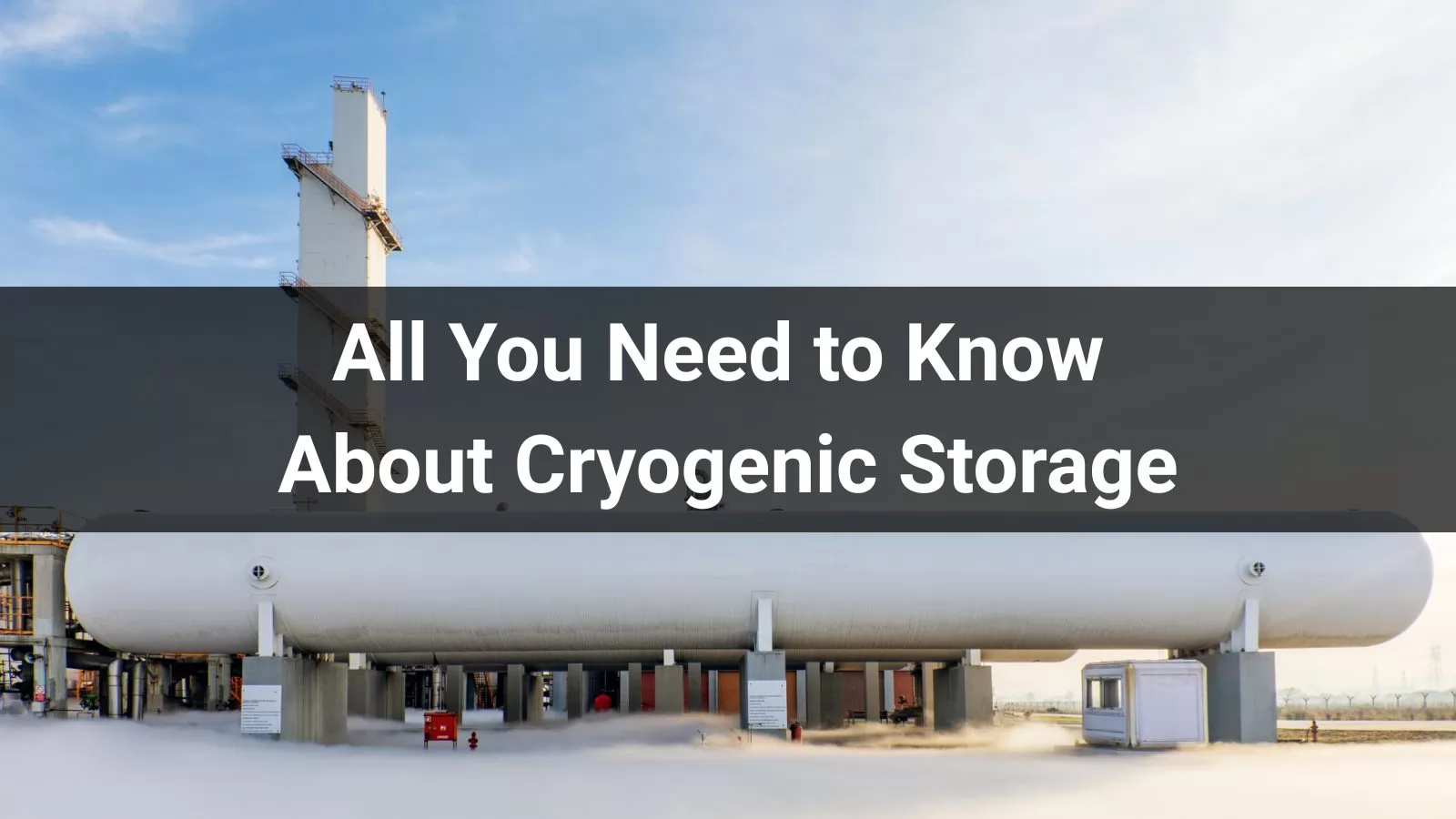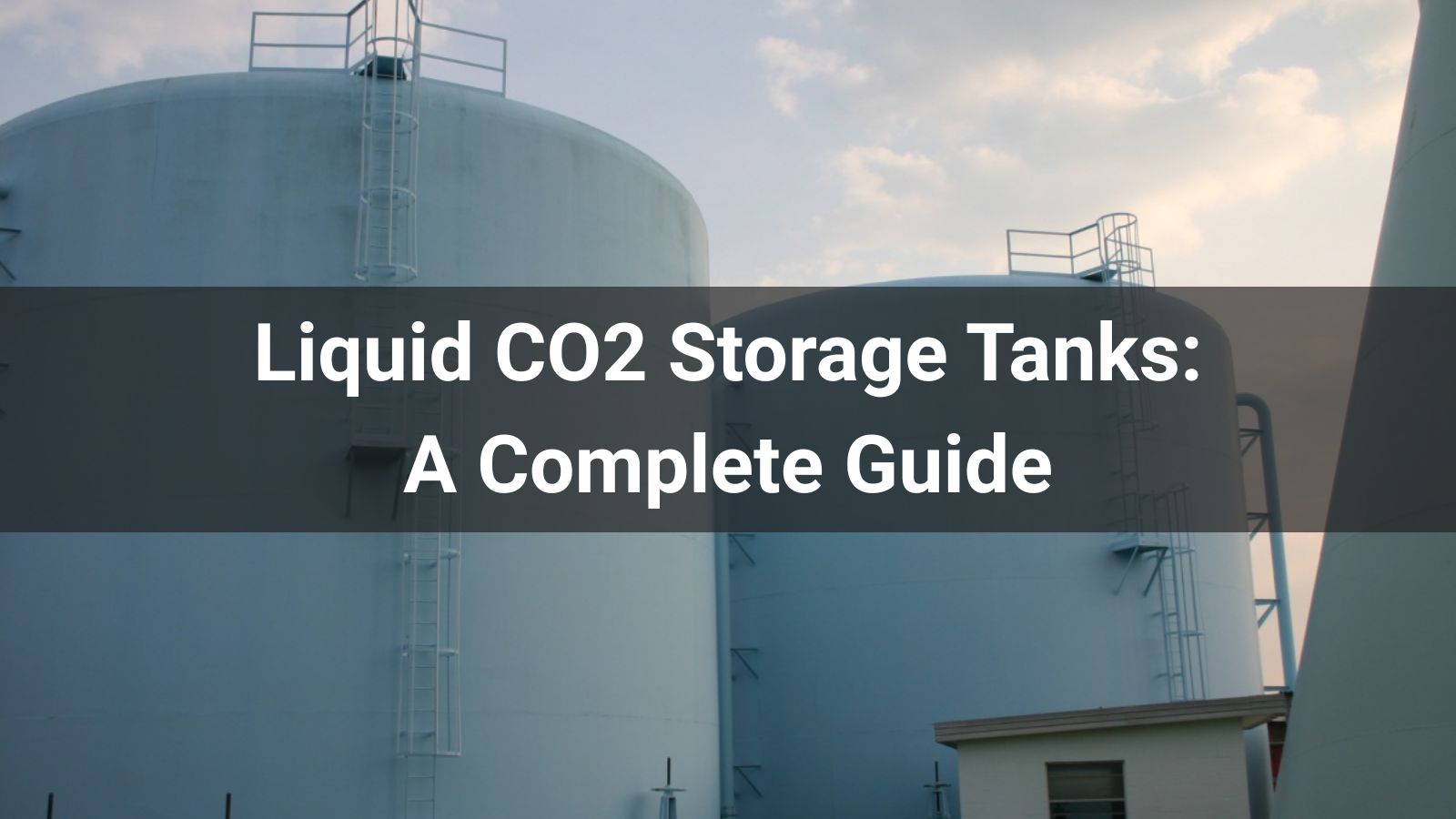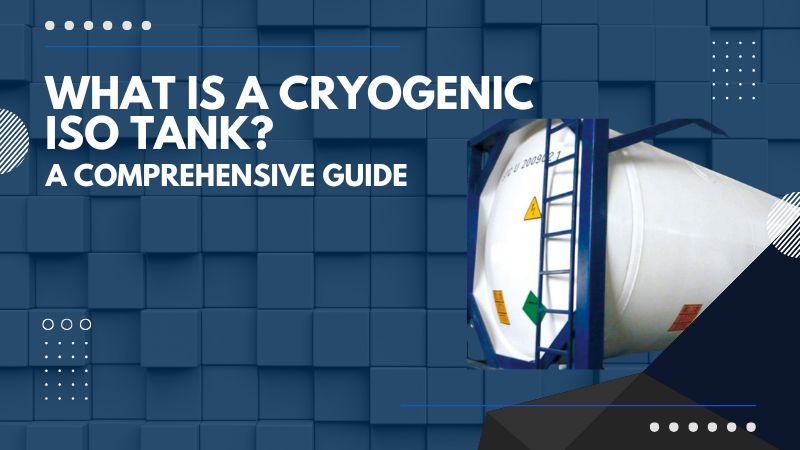






Cryogenic storage plays a pivotal role in modern science, medicine, and industry—powering everything from LNG transport to the preservation of biological materials. In this guide, we explore cryogenic storage in depth, shedding light on its technologies, applications, and innovations.
Cryogenic storage refers to the process of storing substances at extremely low temperatures, typically below -150°C. These conditions are achieved using liquefied gases such as liquid nitrogen, liquid oxygen, or liquefied natural gas (LNG). Cryogenic tanks are the core equipment that maintain such temperatures and ensure safe containment of these volatile substances.
At cryogenic temperatures, many materials undergo physical changes: gases liquefy, superconductivity may occur, and biological degradation halts. The design of a cryogenic storage system must account for these effects. Boil-off gas (BOG), thermal stress, and vacuum insulation are just a few of the challenges engineers must solve.
While cryogenic storage is often associated with scientific research, its industrial footprint is vast:
Cryogenic storage systems come in various designs, each suited to specific needs:
Portable and ideal for small-scale liquid nitrogen storage. Often used in labs and clinics.
Used for transporting gases under pressure. Common in medical gas supply.
These large-capacity vessels are employed in LNG terminals, industrial plants, and energy infrastructure. Horizontal cryogenic tanks are typically used for stationary storage, while vertical tanks save floor space in high-demand areas.
Designing cryogenic storage tanks requires materials that resist brittleness at low temperatures. Stainless steel, aluminum alloys, and nickel-based materials are often used. Vacuum-jacketed insulation and multi-layer insulation (MLI) are key to minimizing heat ingress and preventing boil-off losses.
Due to the risks of asphyxiation, cold burns, and explosive expansion, cryogenic systems are strictly regulated:
Innovation is reshaping cryogenic technology. Some of the notable trends include:
As industries pursue greater energy efficiency, precision medicine, and sustainable technologies, cryogenic storage is no longer a niche topic—it’s a strategic enabler. From LNG infrastructure to stem cell preservation, the importance of low-temperature storage extends far beyond the laboratory. Companies that invest in understanding and optimizing their cryogenic systems will be better positioned to innovate, scale, and comply with safety and environmental standards. Whether you're an engineer, researcher, or operations manager, cryogenic storage isn't just a container—it's a critical component of tomorrow’s solutions.



![Top 10 LNG Tank Manufacturers Worldwide[2025 Updated]](/statics/images/right.png)
![Top 10 LNG Tank Manufacturers Worldwide[2025 Updated]](/uploads/202506/CryoTech-banner-1-_1750490922_WNo_800d450.jpg)



